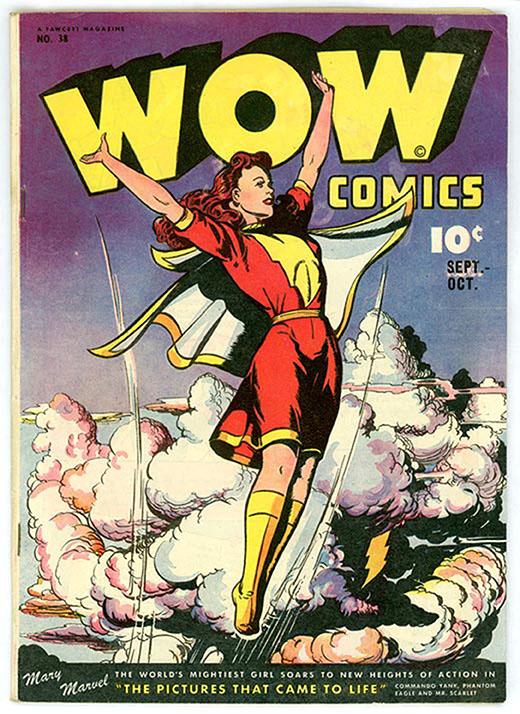It’s a bird! It’s a plane! It’s another superhero movie!
December 13, 2014
In 2012, almost 8.5 percent of the US population attended showings of “The Avengers” within three days of its release.
That is an unprecedented amount of people, but the trend doesn’t stop there. Since 1998, Marvel Comics have made $6.7 billion off of 34 films, and DC Comics $2.6 billion off of 14 films. This is more profit than any franchise ever, including both Pixar and Disney Animation Studio.
Some critics have called it the ‘Golden Age’ of Superhero films, while others have complained that the cycle is soon to bust. However the studios are growing their franchises more than ever, relying on the consistently high ticket sales from multi-movie series. What may have seemed a risky gamble in the early 2000s now almost inevitably pays off well for producers.
DC Comics struck gold with Christopher Nolan’s “Dark Knight” trilogy. The previous Batman film, “Batman and Robin”, was rated as one of the worst films of all time, but Dark Knight was a success and set the stage for a new generation of superhero films. A trend began with directors focusing on darker and more realistic themes. Following this, DC produced “Green Lantern” and “Man of Steel” (Superman) which were not as financially successful as Batman’s trilogy, but still popular enough to carry over into a longer series.
In association with Warner Bros., DC is now producing a new series of films focusing on comic team ‘Justice League’, which includes “Wonder Woman,” “The Flash,” and the two-part film “Justice League.”
Marvel found success first in “X-men,” then in the Avengers series. The latter of the two featured several movies about specific characters leading up to one huge cinematic production featuring them all. “Avengers” is one of the bestselling movies of all time and other films from the series-notably Iron Man-did not fall far behind.
Now, Marvel is taking their cinematic universe in a new direction, phasing out the Disney Avenger stars and introducing new heroes and teams. The summer blockbuster “Guardians of the Galaxy” was a surprising success, featuring characters well-known from comics, but previously unheard of in Marvel’s movies. Remarkably, the studio did not rely on a single famous actor to generate ticket sales, but took a risk in relying on both its fan base and the popularity of the genre.
Encouraged by the success of ‘Phase 2 films’ (every Disney Marvel movie since “Avengers”), the studio is now moving into ‘Phase 3,’ which shall continue the story of the Guardians, the more popular Avengers characters, and a whole host of new heroes. The beginning of Phase 3 starts in July 2015 with “Ant-Man.”
Other comic films have been financial successes as well, namely 20th Century Fox’s most recent addition to the “X-men” series, “Days of Future Past.” The two franchises are even moving to the television screen with shows like DC’s Gotham, Flash, and Arrow, and Marvel’s Agents of SHIELD and Agent Carter.
The superhero film industry promises at least 32 new films within the next eight years with an average of about five per year. Will the trend maintain its momentum until late 2020? Only time will tell.


